Everything You Need to Know for Planning a Trip to Yellowstone
When it comes to the immense land that is the oldest National Park in the United States, there are several key components that go into planning a trip to Yellowstone. Visiting this park requires careful coordination in order to navigate where to fly into for Yellowstone and which airports are near Yellowstone, which Yellowstone National Park entrances to use, accommodations including Yellowstone lodging within and outside the park, Yellowstone camping , and when to visit Yellowstone. This park is a world all its own, and if properly informed, you will be able to get the most out of your Yellowstone vacation, whether your itinerary for Yellowstone National Park is a day long or a month long visit in Yellowstone!
Disclosure: Below are some affiliate links-these are all products I highly recommend. I won’t make any recommendations on this page that I haven’t tested or personally used!
Table of Contents
The Basics of Planning a Trip to Yellowstone

Where to Fly Into For Yellowstone
Due to Yellowstone’s massive size, getting here can be more logistically challenging then when compared to some of the other smaller, more compact National Parks. Bozeman Yellowstone International Airport is the largest airport for flying into Yellowstone. There are several other airports near Yellowstone as well where you can fly into for Yellowstone:
Where to Fly Into for Yellowstone and Airports Near Yellowstone:
- Yellowstone Regional Airport in Cody, Wyoming, 4 hours from the center of Yellowstone National Park.
- Jackson Hole Airport in Jackson, Wyoming, 1.5 hours from the center of Yellowstone National Park.
- Idaho Falls Regional Airport in Idaho Falls, Idaho, 3 hours from the center of Yellowstone National Park.
- Billings Logan International Airport in Billings, Montana, approximately 5 hours from the center of Yellowstone National Park.
Map of Where to Fly Into For Yellowstone and Airports Near Yellowstone
Yellowstone National Park Entrances
At over two million acres large, literally larger than many U.S. states, careful consideration is required when planning a trip to Yellowstone and decided which of Yellowstone’s five entrances to utilize. Choosing a less than ideal entrance for your planned activities could cost you hours of extra driving, so it is important to determine which entrance is ideal for you and the activities you have on your itinerary. Yellowstone National Park is best accessed along its two “loop” roads, the North Loop and the South Loop.
North Entrance
Yellowstone’s North Entrance can be accessed off of Highway 89 in Montana. The closest airport to this entrance is Bozeman Yellowstone International Airport. This is an ideal entrance for those wishing to perhaps spend most of their time in the North Loop of Yellowstone National Park, enjoying sights such as the Mammoth Hot Springs.
Northeast Entrance
Closest to Billings Logan International Airport and Yellowstone Regional Airport, this entrance is accessed off of Highway 212 in Montana. Although slightly further of a drive in than the North Entrance, this entrance is known for its seclusion and isolation, and provides great opportunities for wildlife sightings. Again, it provides easy access to the North Loop of Yellowstone National Park, with sights such as Tower Fall and Canyon Village.
East Entrance
Located off of Highway 20, closest to Yellowstone Regional Airport in Cody, Wyoming, lies the East Entrance. This entrance connects directly to the South Loop of Yellowstone National Park, with close proximity to Yellowstone Lake and all of its respective activities, such as the Grand Canyon of Yellowstone.

South Entrance
Also in Wyoming, this entrance is located off of Highway 89, and is best accessed through Jackson Hole Airport. The added bonus to accessing this entrance through Jackson Hole Airport is the chance to drive right by Grand Teton National Park on the way! This entrance also connects to the South Loop of Yellowstone National Park, and the southwestern section of Yellowstone Lake. It provides relatively quick access to sights such as Grants Village and the West Thumb Geyser Basin.
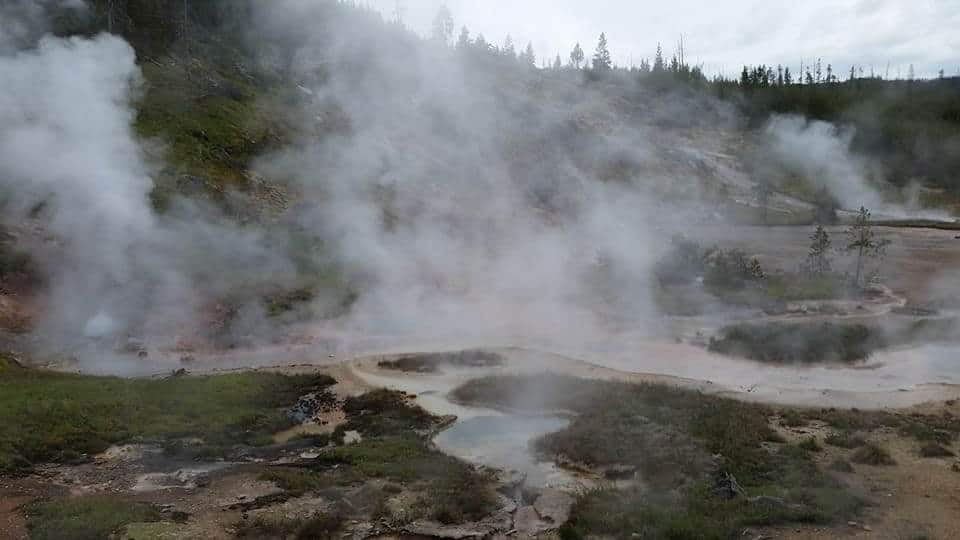
West Entrance
The Western Entrance can be accessed by either Idaho Falls Regional Airport in eastern Idaho, or also by Jackson Hole Airport or Bozeman Yellowstone International Airport. This entrance gives direct access to the South Loop, but is also in close enough proximity to attractions along the North Loop as well. Old Faithful is one of the major attractions to be seen by entering the park via the West Entrance.
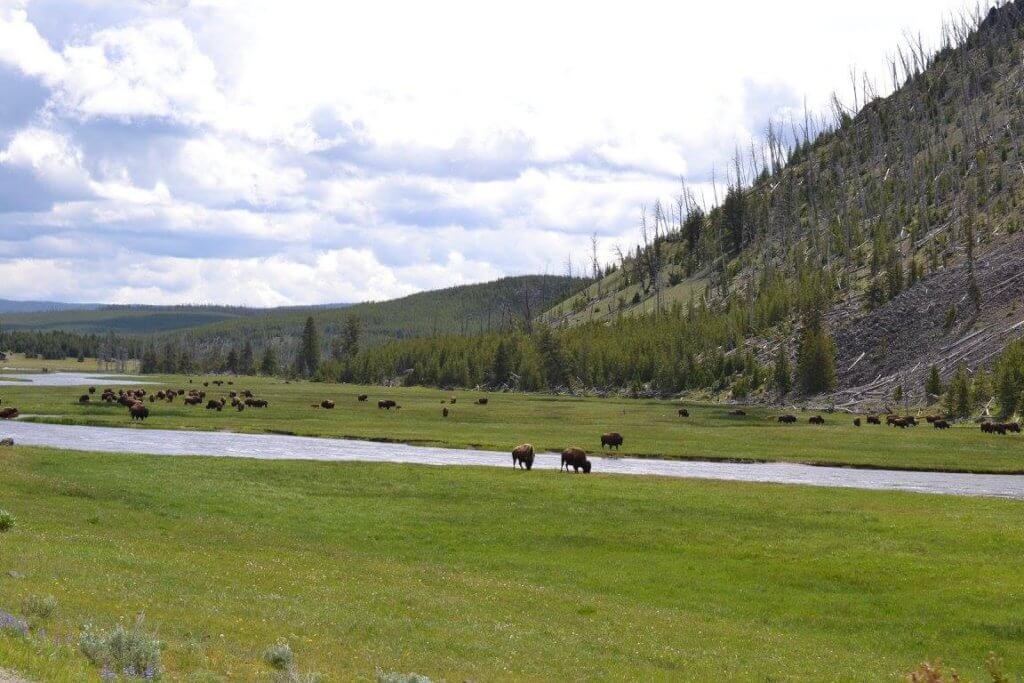
Map of Yellowstone National Park Entrances
Where to Stay in Yellowstone
When planning a trip to Yellowstone, there are options to stay within the park boundaries, outside the park boundaries, or even camp within the park itself! Venues include large chain hotels, small chain hotels, family owned venues, B and B’s, and vacation rentals such as VRBO’s and AirBnB’s. No matter what you end up choosing, it is imperative that you make your reservations well in advance, especially if you are going after some of the more coveted, and limited, lodging options, such as campgrounds within Yellowstone, or some of the historic lodges.
Yellowstone Park Lodging
There are several seasonal Yellowstone lodging options within the park boundaries.
Summer Yellowstone Lodging
There are 9 summer seasonal lodges within Yellowstone National Park that are open between the months of May to September. The most famous lodge in Yellowstone, if not any National Park, is the Old Faithful Inn, located a stone’s throw away from its namesake.
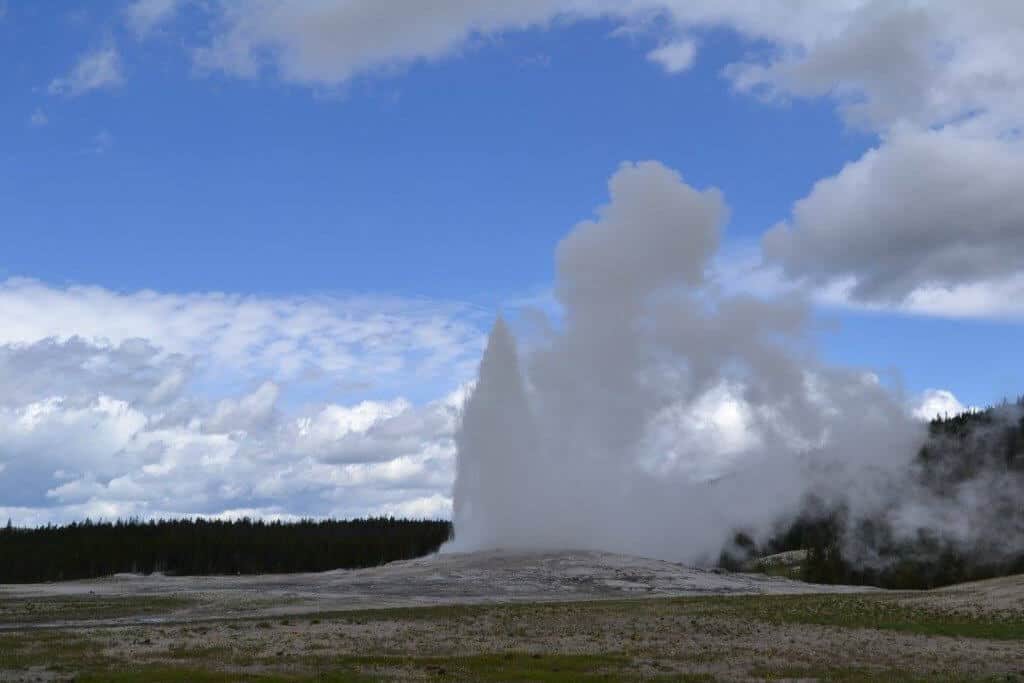
Winter Yellowstone Lodging
There are 2 seasonal lodges in Yellowstone National Park that remain open during the winter months. Mammoth Hot Springs and Cabins is open between April and October, and is the only lodge you can access via car during the winter months. The Old Faithful Snow Lodge and Cabins (not the same as the historic Old Faithful Inn) is open between December and March, but it requires access via a snowcoach.
Yellowstone Camping
The 12 campgrounds within Yellowstone National Park are also seasonal, and fill up months in advance. 5 of these Yellowstone campsites are reservable, and 7 are first-come-first-serve.
Winter Yellowstone Camping
Yellowstone’s campgrounds close in mid-September, with the exception of the Mammoth Campground, which is open to tents and rv’s. It is not reservable, and is first-come-first-serve.
Backcountry Yellowstone Camping
The park does offer an extensive network of Yellowstone backcountry camping. Permits and fees are required, and some backcountry sites are reservable in advance.
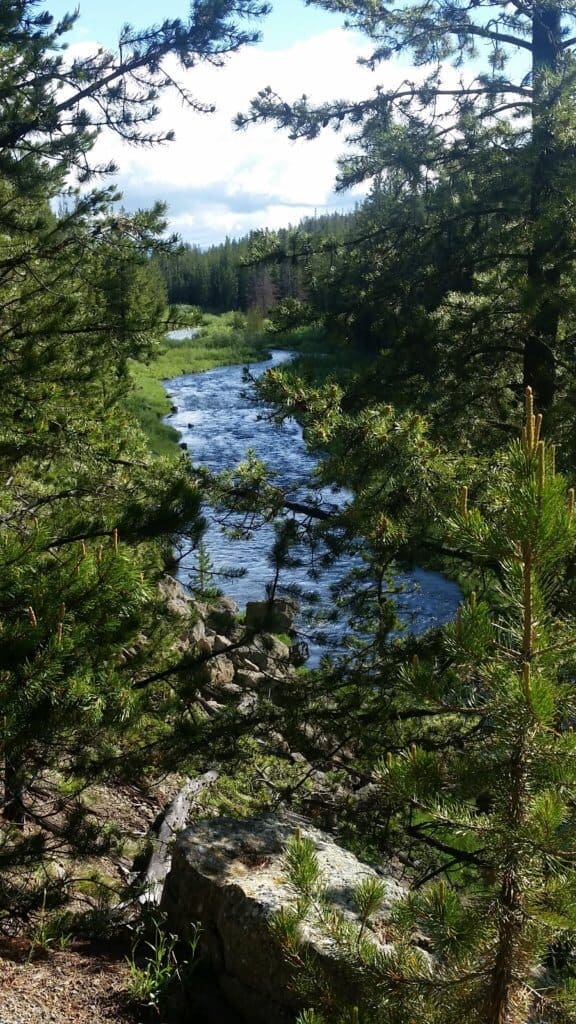
Places to Stay Near Yellowstone National Park
Each of the 5 entrances to Yellowstone coincides with at least one city or town, and its respective lodging options and places to stay near Yellowstone.
Places to Stay Near Yellowstone Northeast Entrance
Gardiner, Montana, just over the Wyoming border, is a good large-city option for bigger hotel chains. It can be accessed from either Bozeman Yellowstone International Airport, or Billings International Airport. If you are looking for a smaller town feeling to stay in, try Cooke City, Montana.
Places to Stay Near Yellowstone North Entrance
Again, Gardiner, Montana, is the most ideal place to look for lodging along the North Entrance access point. Gardiner is larger in size, and can accommodate slightly larger crowds, directly correlating to its closer proximity to Bozeman Yellowstone International Airport.
Places to Stay Near Yellowstone East Entrance
The best options for the East Entrance are in Cody, Montana. Barely a speck on the map, this tiny town is steeped in mountaineering history, and has maintained that feel of stepping back in time. There are several smaller establishments for lodging, and staying here will make you feel as though you have Yellowstone National Park all to yourself, for the sense of isolation and smaller crowds.
Places to Stay Near Yellowstone South Entrance
Your best bet for lodging adjacent to the South Entrance would be in Jackson, Wyoming. Though it is a central hub to both Yellowstone National Park and Grand Teton National Park, Jackson has still maintained its small town charm. There are plenty of big chain hotel, small chain hotel, and family run lodging options, as well as VRBO’s, AirBnB’s, and camping alternatives.
Places to Stay Near Yellowstone West Entrance
There are many smaller lodging establishments located directly in the town of West Yellowstone, right on the outskirts of the West Entrance. If you are looking to avoid the high prices and potential for crowds, try looking thirty minutes further west into the towns of Island Park or Big Springs, Idaho. It is a relatively quick drive to the West Entrance from these small towns, but you will find the lodging prices to be significantly less. There are more opportunities here for vacation rental type lodging, including AirBnB’s and VRBO’s.
When to Visit Yellowstone
There are some National Parks that you can just sporadically drive through on a road trip “drive by”, but a Yellowstone trip is not one of them. Driving through Yellowstone in peak season during the summer very well might mean having to account for the long lines of cars passing through the park, frequently stopping for wildlife crossings and sightings. Getting from one point of this park to another often requires significant chunks of driving time.
On the other hand, a visit to Yellowstone in winter requires extra logistics to plan for, such as guided tours and closures. The shoulder seasons of spring and fall might appeal more to the wildlife aficionado. So to truly see all that Yellowstone has to offer requires careful considerations, including taking into account the differences to expect between seasons.
What to Expect Between the Seasons When Planning a Trip to Yellowstone
Yellowstone is open year round, although each season holds its own unique offerings. Depending on the season, you can also expect to see fluctuations in the conditions of the roads and the amount of vehicle traffic. Luckily, Yellowstone provides its visitors with up to date road conditions, which can be accessed here.
Summer in Yellowstone
Easily the busiest time of year to visit Yellowstone, and arguably the season that requires the most advance planning due to the large amounts of visitors the park receives. If you are planning to visit in summer, be ready to make your lodging arrangements well in advance. Also, the earlier in the day you visit Yellowstone, the more of it you are likely to have to yourself. Look into some of the lesser known hikes and trails in addition to the popular ones. Allocate plenty of time for driving or waiting in the car, as you navigate the peak season traffic. Parking at popular sights can also become very limited the further in the day you go, and you may have to plan on waiting for parking, or parking further out, if you are self driving.
Fall in Yellowstone
Fall in Yellowstone is heralded by two ironically opposite correlations. With the arrival of autumn, Yellowstone becomes quieter in terms of visitors, but “louder” and more active in terms of its wildlife. This is the season for animal lovers and wildlife sightings, especially if you are looking to observe some of the unique mating season rituals that occur throughout the park, such as the bison, elk, and bighorn sheep ruts.
Winter in Yellowstone
Starkly different than summer, but arguably just as breathtaking and beautiful. If you are looking for the season when you are most likely to have Yellowstone all to yourself, than this is the one. Winter also allows for unique visiting options that are not available in the summer, such as snowmobile tours. Considering that park roads for the majority of Yellowstone are closed in winter and visiting requires a guide, it is worthwhile to look into these types of tours. Mammoth Hot Springs and Cabins and Old Faithful Snow Lodge and Cabins are the only lodging available in this season.
Spring in Yellowstone
Roads begin to open back up, and wildlife activity begins to peak again. Newborn grizzlies and wolf pups are emerging from their dens as bison, moose, and elk calves are born simultaneously in the nearby valleys. Still flirting with cold weather and the possibility of lingering snow, spring continues to remain on the cusp of seclusion and intimacy, as crowds still have not returned in full to Yellowstone at this point.
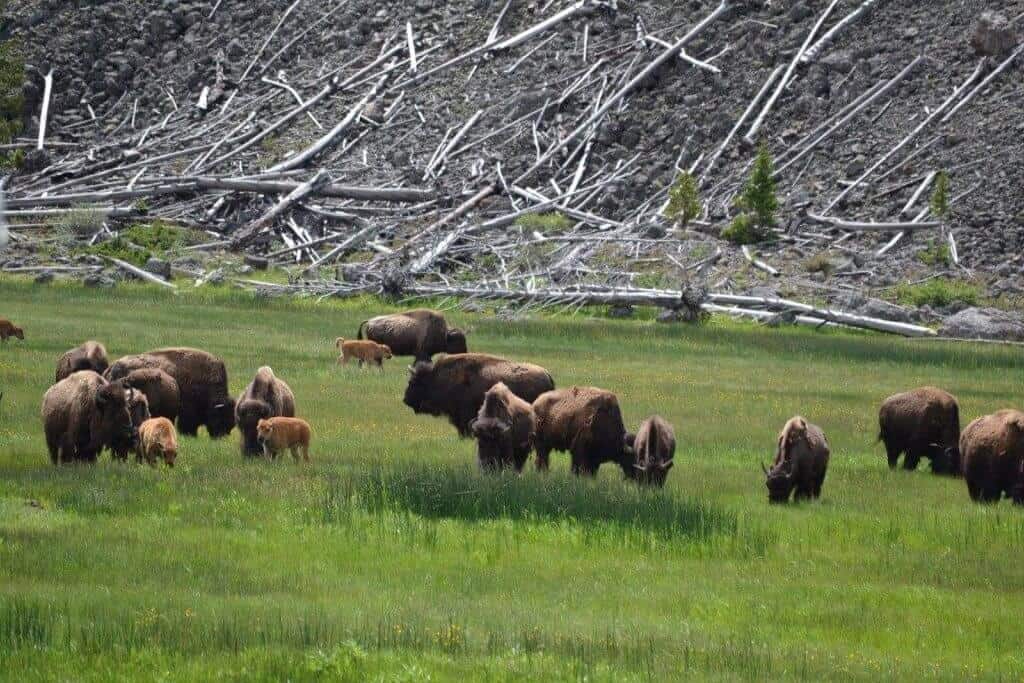
Fees and Permits for Planning a Trip Yellowstone
There are several different options when it comes to paying the Yellowstone entrance fees. Entrance fees for non-commercial vehicles are $35, good for seven days. Motorcyclist and snowmobilists can enter the park for $30, although snowmobiles require either a guided tour or permit. You can even access Yellowstone by foot or bicycle for $20, again good for seven days. Annual passes are also available for $70 dollars.
Permits are required in Yellowstone for backcountry hiking and camping, boating, and fishing activities. A complete list of all required permits can be found here.
Now that you have succeeded in planning a trip to Yellowstone, you are ready to get your Yellowstone itinerary of sights set! Check out my sister guide to Yellowstone, a 3 day itinerary from the West Entrance, full of all the amazing Yellowstone sights, hikes, and highlights!
Read more about my “runcation at the Yellowstone Half Marathon“, to find out my favorite all time experience in this National Park!
So, What’s After Yellowstone?
Visit Each National Park in the United States, with
this FREE National Parks Printable Checklist
and plan away 🙂
PIN for LATER!


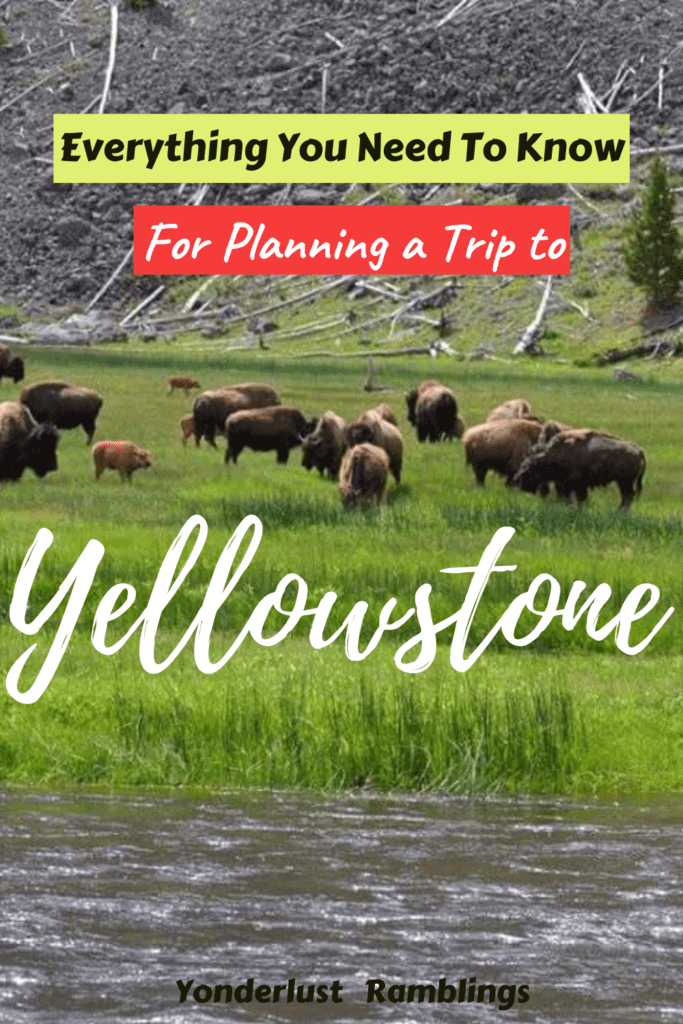
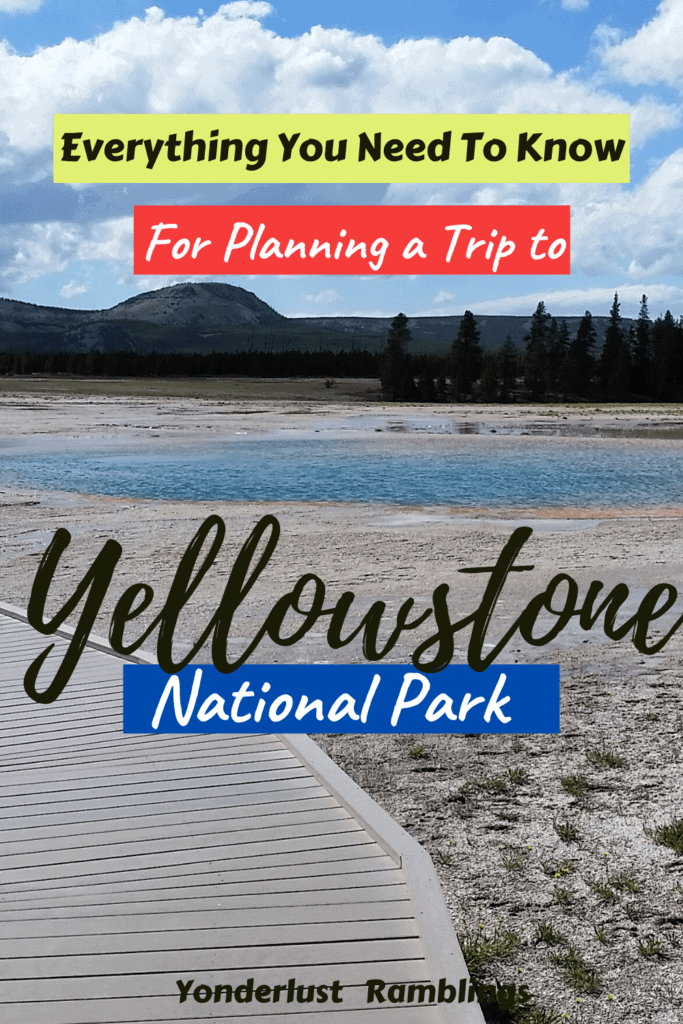
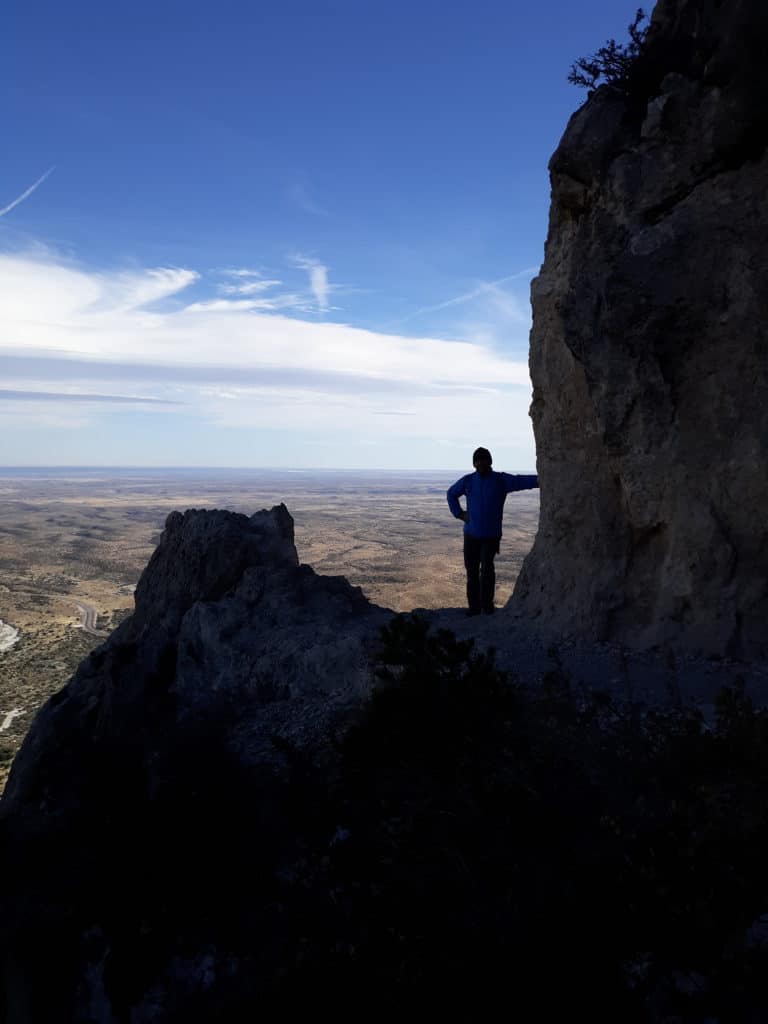

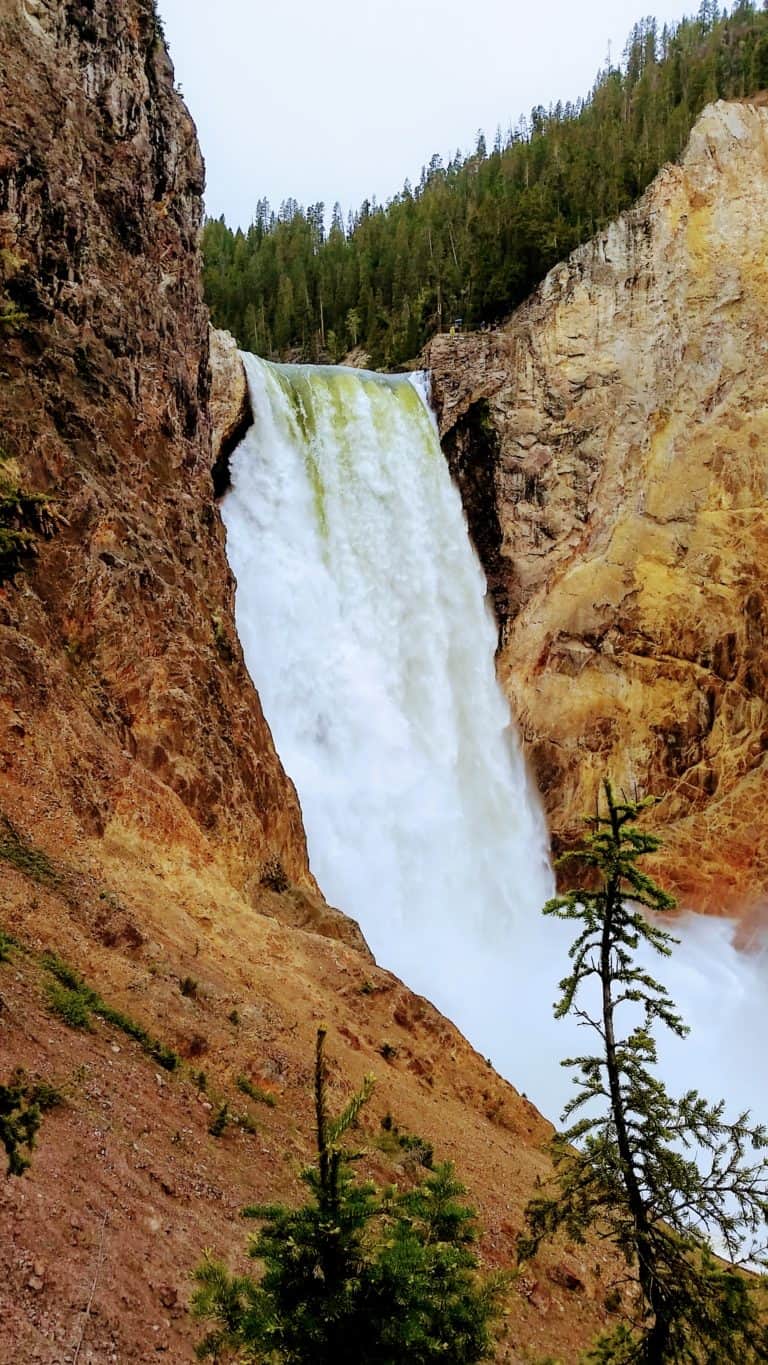
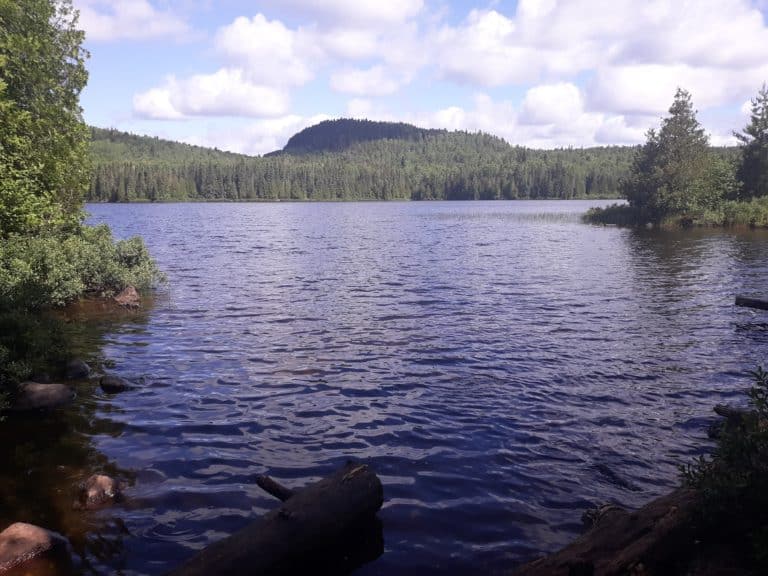
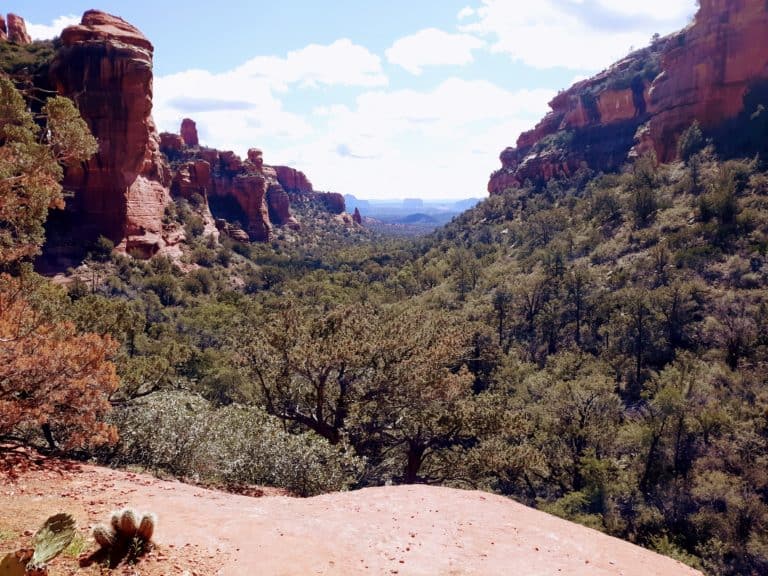
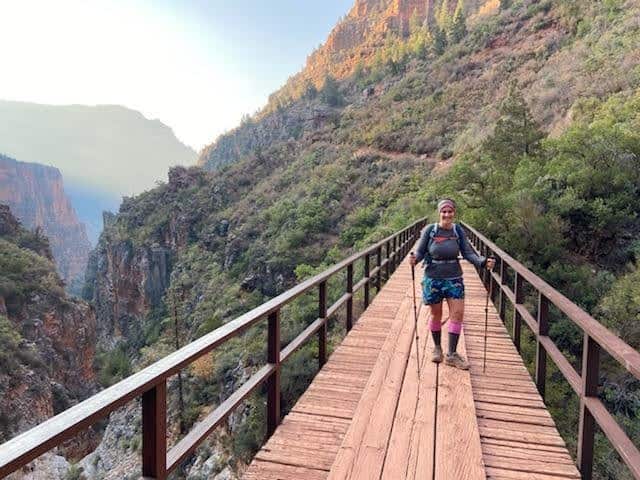
Wow what an awesomely comprehensive guide! My family and I have been wanting to go to Yellowstone for years, I will definitely be taking some knowledge from your post! I love your photos as well!